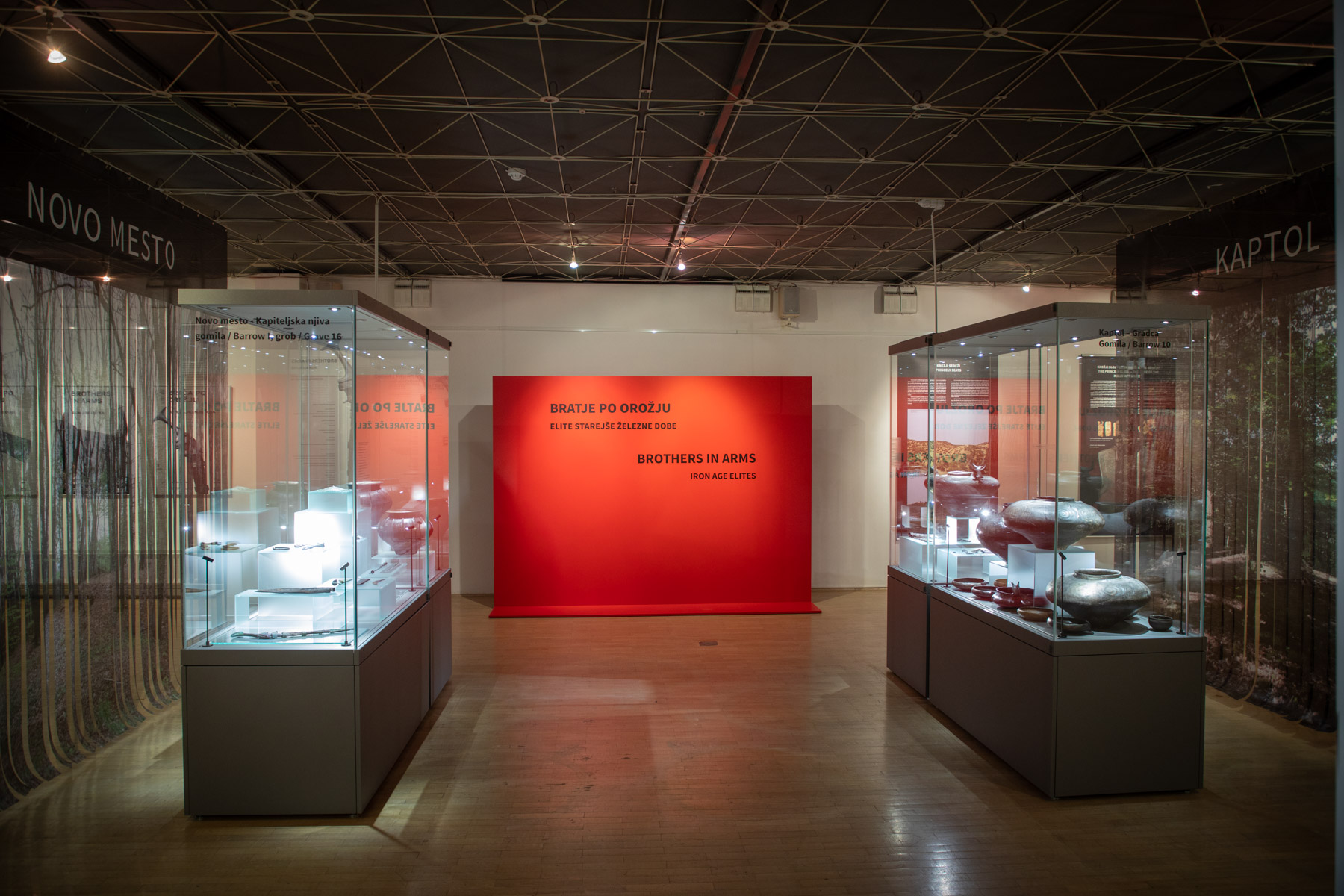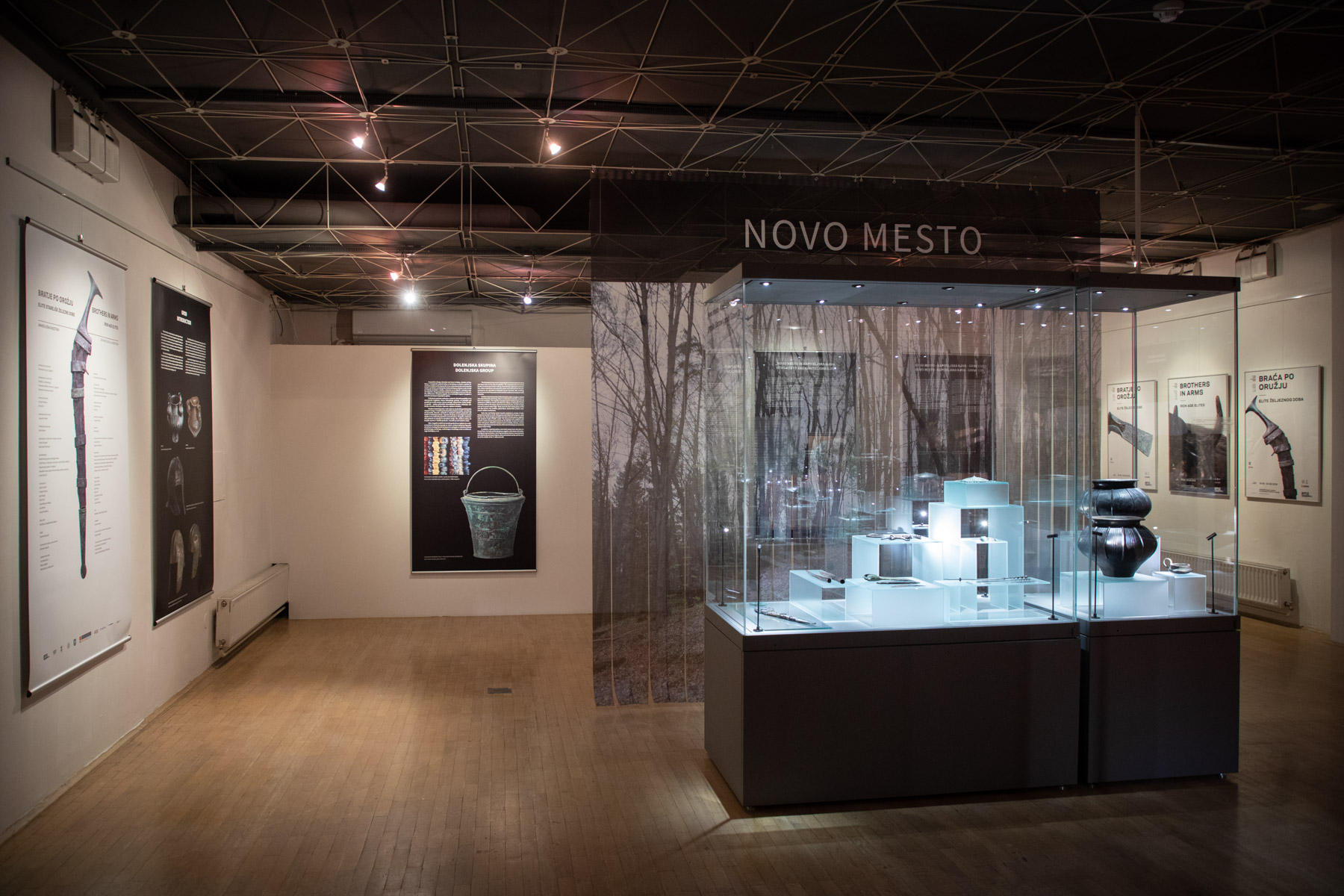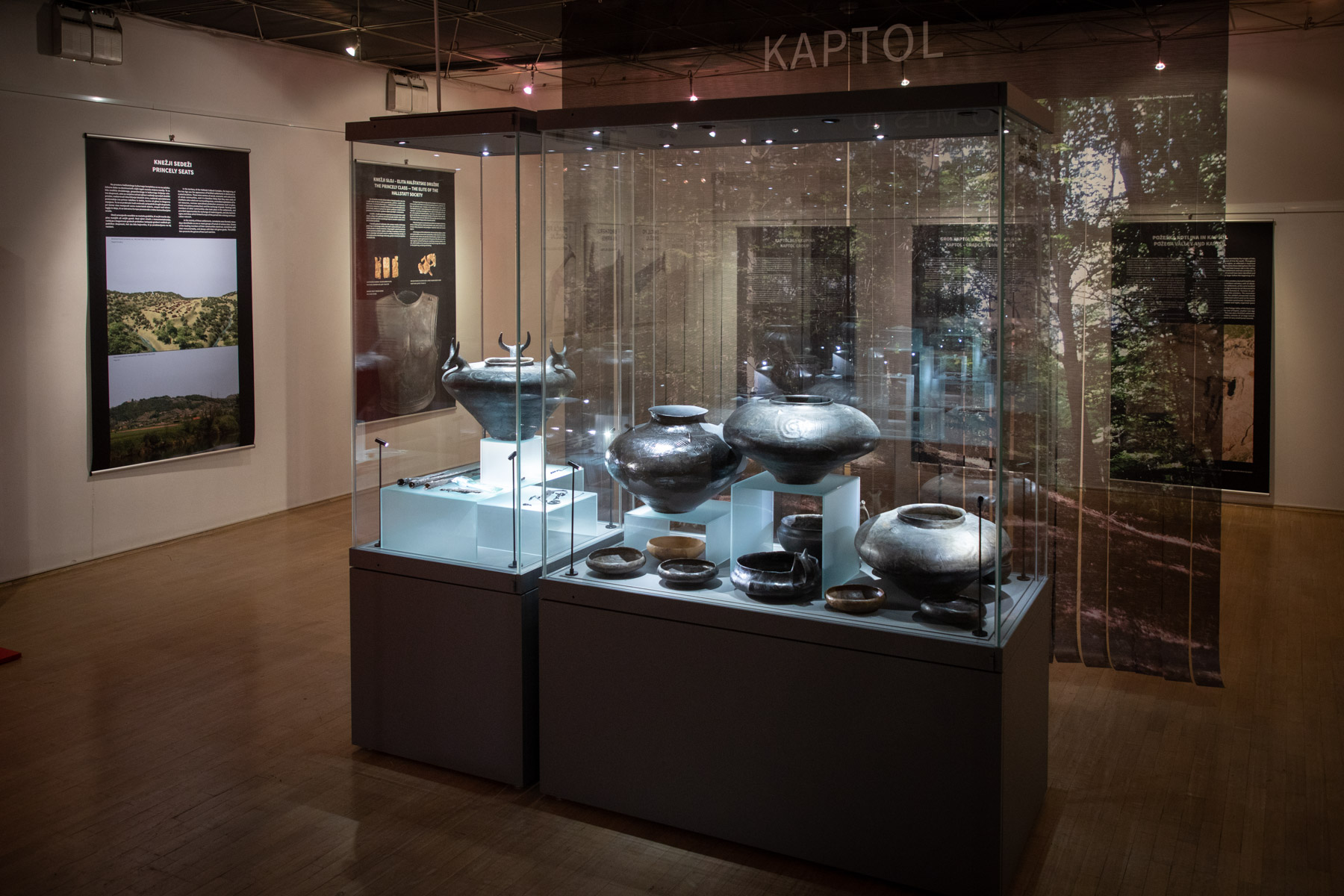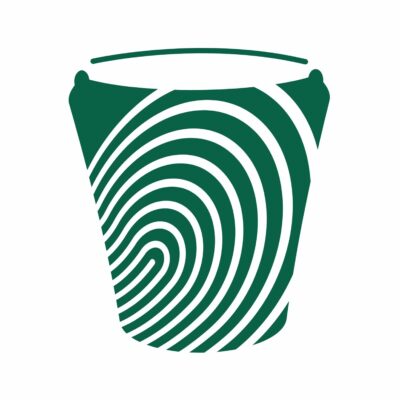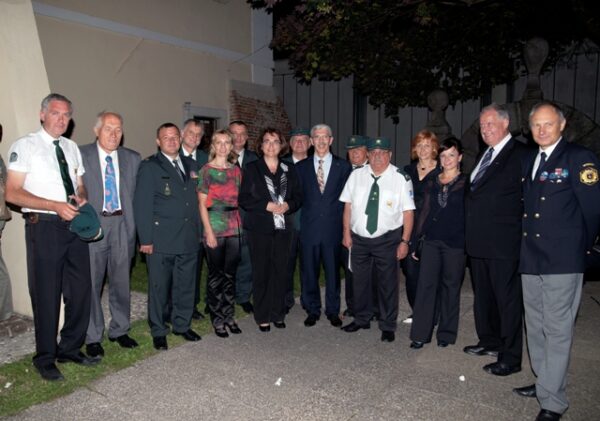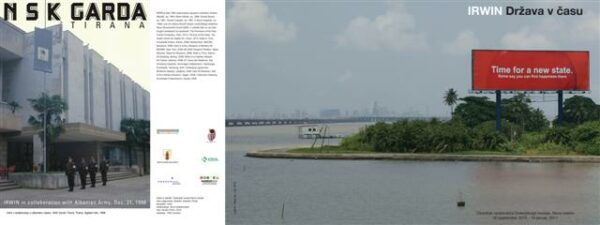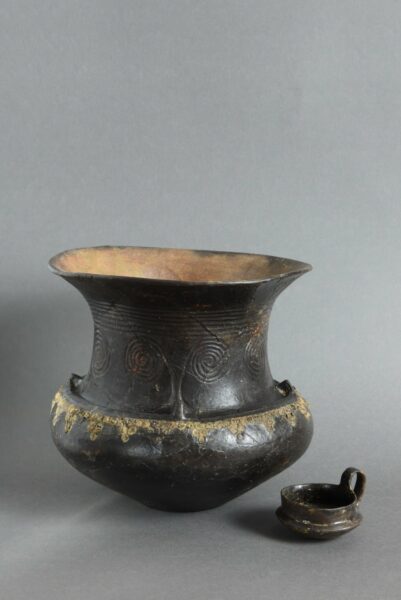- Location: Galerija Knezova soba
The exhibition is open from 25. oktober 2019 to 2. februar 2020
The exhibition was created in collaboration with: Arheološki muzej v Zagrebu, Oddelek za arheologijo Filozofske fakultete Univerze v Zagrebu in Dolenjski muzej Novo mesto
Exhibition authors: prof. dr. Hrvoje Potrebica in dr. Borut Križ
Design of the exhibition: Maja Rudolf Markovič
The exhibition Brothers in Arms presents two warrior graves of the Kaptol and Dolenjska groups of the Early lron Age. Although the two groups differ in a number of ways, especially as regards their burial rituals, material culture of the communities which lived at Kaptol and Novo Mesto displays numerous traces of their mutual contacts. Communication and exchange between geographically distant and culturally dissimilar groups such as these two were possible due to close links between their elites. It seems that the ideology of these elites – reflected in their attire and weapons – was in some way universal over a vast area. This was conducive to the creation of long-range communication networks in which the two centres occupied important positions. Thus, these warriors are excellent examples of the ties which made up the cultural fabric of continental Europe in Homer’s era, in the 8th century BC.
Novo Mesto was one of the most important Iron Age centres in the south-east Alpine region with a fortified hilltop settlement (hillfort). It was located within a larger settlement area that contained a number of iron-ore smelting furnaces and several burial-mound cemeteries and individual tumuli. Of 1350 skeletal graves from the Early Iron Age excavated to date, 20 were rich princely burials. The cemetery at Kapiteljska njiva (the largest cemetery located in the immediate vicinity of the fortified settlement) was used for burials continually throughout the first millennium BC, from the Late Bronze, through the Early and Late lron Ages. The cemetery containing 350 cremation graves dating from the Late Bronze Age and 750 cremation graves dating from the Late lron Age, as well as 70 tumuli and 1200 skeletal graves from the Early lron Age is one of the largest European necropolises, which reveals the evolution and organization of the society of the 1st millennium BC. Eleven graves dating from various periods between the beginning and the end of the Early lron Age can be described as princely graves. Bronze situlae with figural decoration stand out among abundant rich grave goods.

